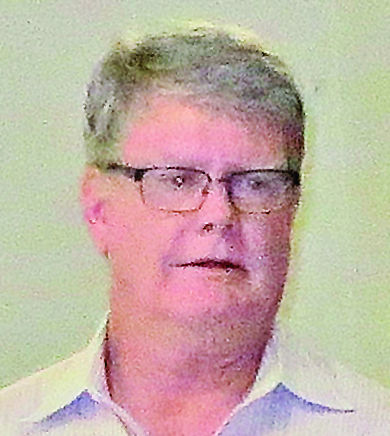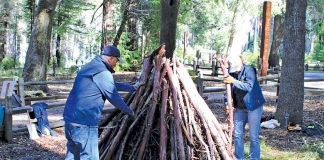A child who enters foster care needs a safe, comfortable, supportive place to live – a place that allows them to maintain connections with people they love, keeps them in school, and gives them help processing trauma they may have experienced. Usually, that place is a relative’s home or a foster family home. But some children in the foster care system are placed in group homes, which do not always provide stable homes or meet children’s needs.
Children in foster care who stay in group homes for long periods of time are more likely than those who live with families to suffer a variety of negative short-term and long-term outcomes in their lives. They are more likely to be involved in the juvenile justice system and later, in the adult correctional system. They are less likely to graduate high school. When they try to return to their families, they are more likely than those who were placed with relatives or foster families to bounce back into foster care.
Fortunately, only a small number of California’s children in foster care enter group homes. Out of 60,000 children in care in 2014, only 3,000 lived in group homes. Sadly, over two-thirds of the youth in group homes have remained in such placements longer than two years, and about one-third have lived in such placements for more than five years. Knowing what we do about the negative outcomes associated with group homes, we need to support policies that minimize long-term group home placements and to ensure that any such facilities provide extensive, targeted services to children so that they can eventually move to successful placements with families.
In 2015, I authored a new law to phase out group homes as they currently exist in California. Because of this law, over the next several years, group homes will transform into places where youth who are not ready to live with families can receive short term, intensive treatment. Some of this treatment will include providing access to specialized mental health care, giving transitional support from foster placement to permanent home placement, supporting connections with siblings and extended family members, providing transportation to school and other educational activities, and teaching independent living skills to older youth. The new law also calls for the creation of rigorous performance measures and oversight of these facilities.
In addition to overhauling the existing group home system, the new law gives families who provide foster care, known as resource families, targeted training and support so that they are better prepared to care for children living with them. In anticipation of the increased need for resource families, the measure also ensures that social workers can provide core services to families and helps local governments recruit and retain knowledgeable and well-informed families.
These reforms will provide children the support they need in foster care to return to their families or to find a permanent home if returning to their families is not an option. It helps ensure that children in foster care have their day-to-day physical, mental, and emotional needs met, that they have opportunities to grow up in permanent and supportive homes, and that they can grow into self-sufficient, successful adults.
This may sound like a daunting goal. Make no mistake – this new law depends on major investments of time and resources to help transform existing group homes and services, train people caring for foster youth, and provide careful oversight of new requirements. However, California has already made strides in its goal of reducing the number of children in foster care: in 1999, over 100,000 youth were in foster care; by 2014, that number had dropped to 60,000. Policy changes, including earlier intervention in child welfare cases and assistance with finding children permanent homes with relatives and through adoption, helped spur this reduction. This new law is the next policy step we must take to further improve the outcomes of children in foster care.
Over the next year, my colleagues and I will work to refine this law with new legislation and funding to bolster the proposed mental health services and treatment options for children in foster care. The futures of children in foster care depend on the work we do to support them today.
Mark Stone (D-Monterey Bay) represents the 29th Assembly District in the California State Assembly. He represents portions of the counties of Santa Cruz, Monterey, and Santa Clara.











